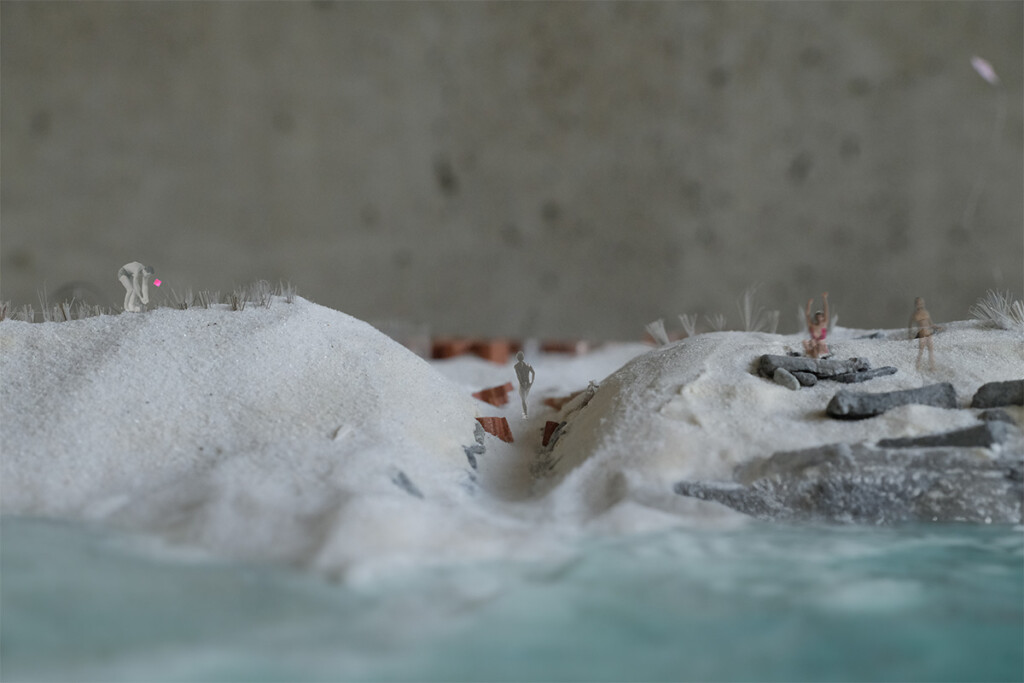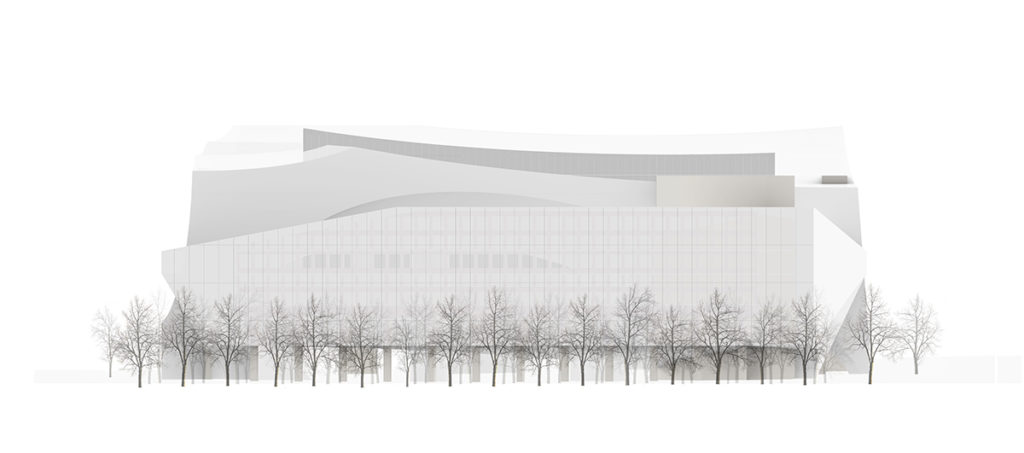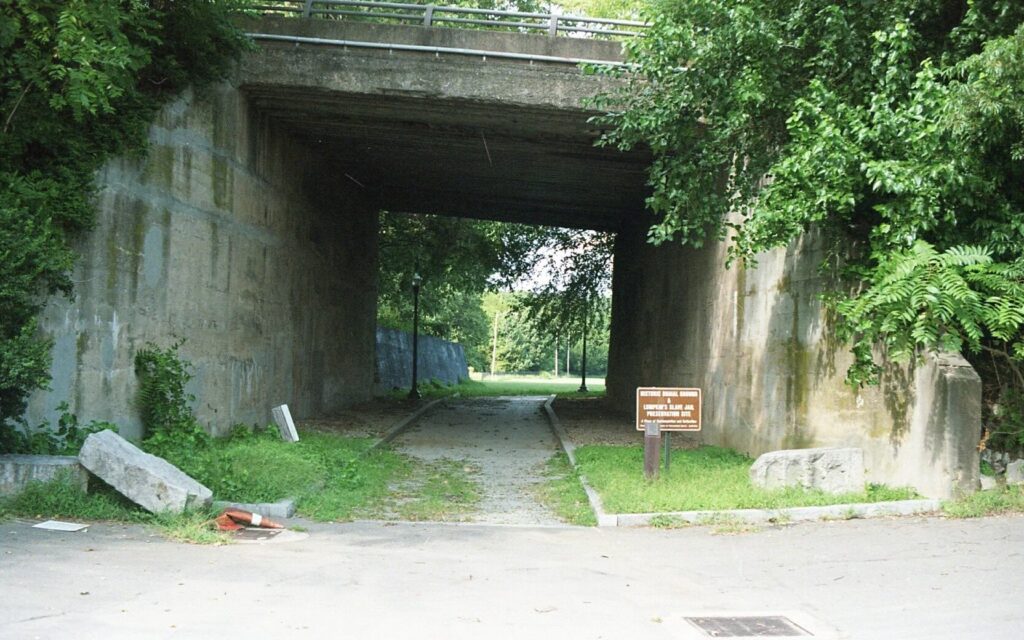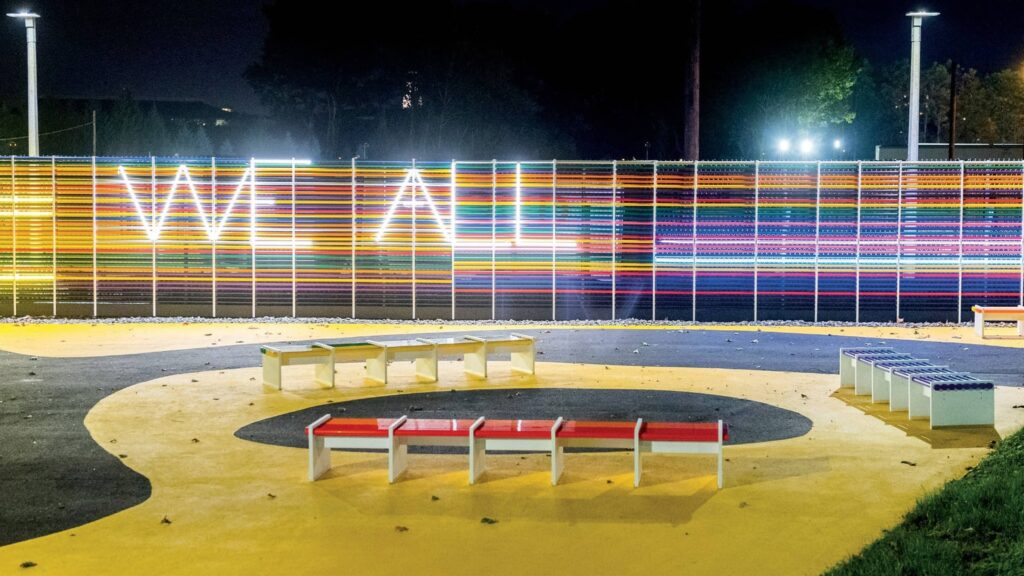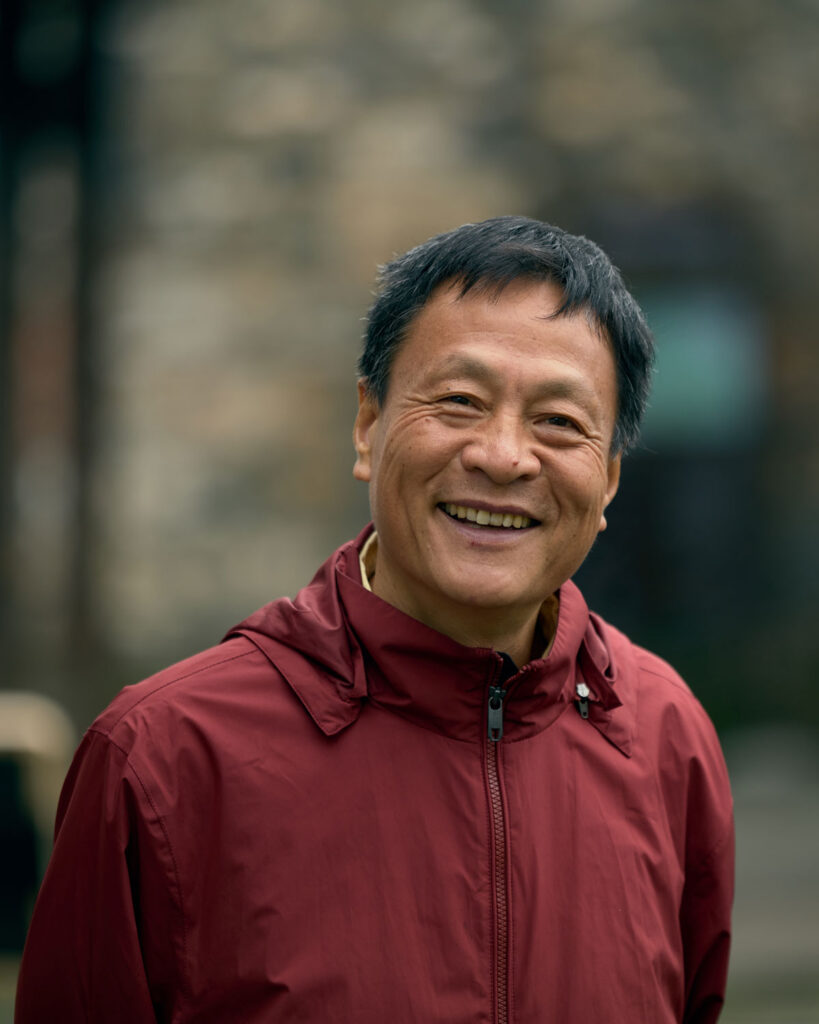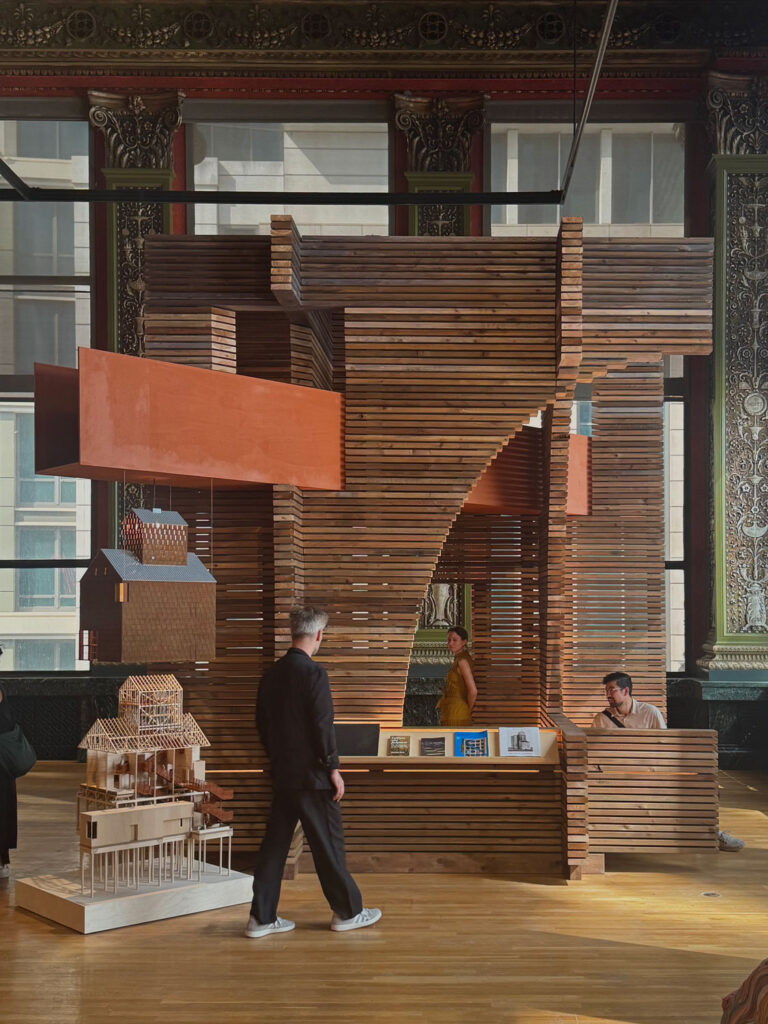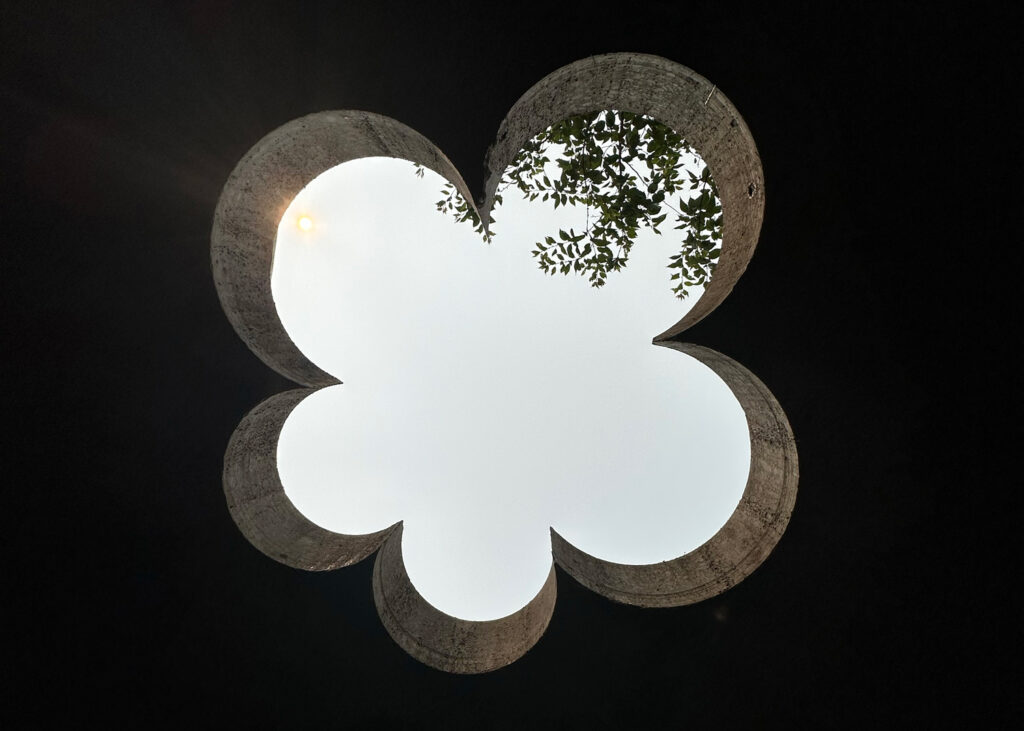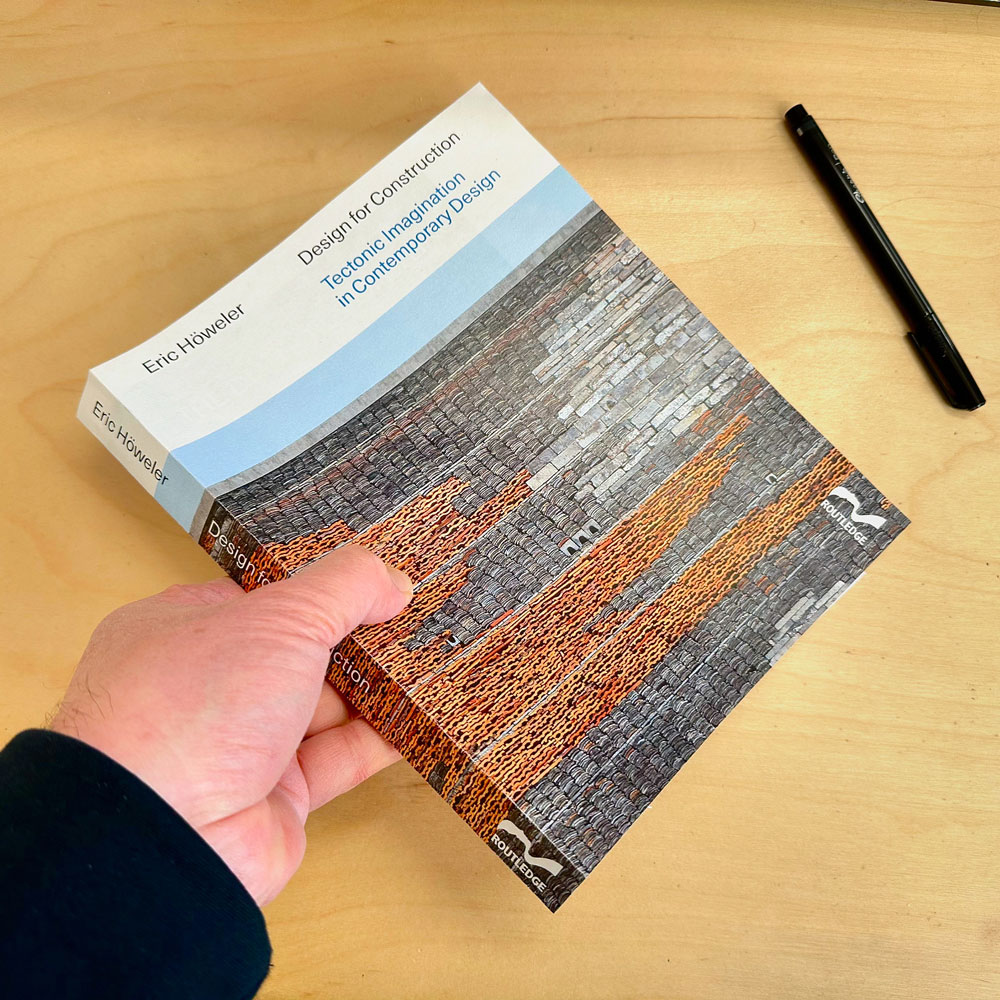Ryan Jacob
Master in Landscape Architecture II
Master in Landscape Architecture II

Important Dates
Master in Landscape Architecture II
On this page
The two-year, post‐professional Master in Landscape Architecture (MLA II) degree program stream is for those who hold an undergraduate professional landscape architecture degree or its equivalent.
The MLA II augments that professional preparation with a particular emphasis on the design of the built environment at the intersection of urbanization and ecology, providing those who have already demonstrated professional competence with the opportunity to advance their critical, theoretical, representational, and technical skills through design.
The program of study for the MLA II includes a strong one semester core curriculum that includes studio and courses in representation, theories of urbanism, and a pro-seminar on current topics in the discipline of landscape architecture. The remaining three semesters offer a flexible academic path that allows students to engage in advanced studios and elective courses across all three GSD departments and the university. The curricular structure encourages advanced individual and collective research and the possibility to develop an elective thesis in the final semester.
PROGRAM OVERVIEW
For students entering the three-year MLA I program, a minimum of six terms of full-time study in residence is required. Individuals admitted with advanced standing to the MLA I AP normally begin with the third term of the program and must complete a minimum of four terms of full-time study in residence. Students entering the two-year MLA II program must also complete a minimum of four terms of full-time study in residence.
Please note that the MLA I, MLA I AP, and MLA II programs are now designated as a STEM program. Accordingly, international students holding F-1 visas may be eligible for a 24-month Optional Practical Training (OPT) extension on top of their initial OPT of 12 months, for a total of 36 months, following graduation. Each F-1 student must petition United States Citizenship and Immigration Services to approve the 24-month STEM extension, and Harvard does not represent or warrant that USCIS will grant any individual petition.

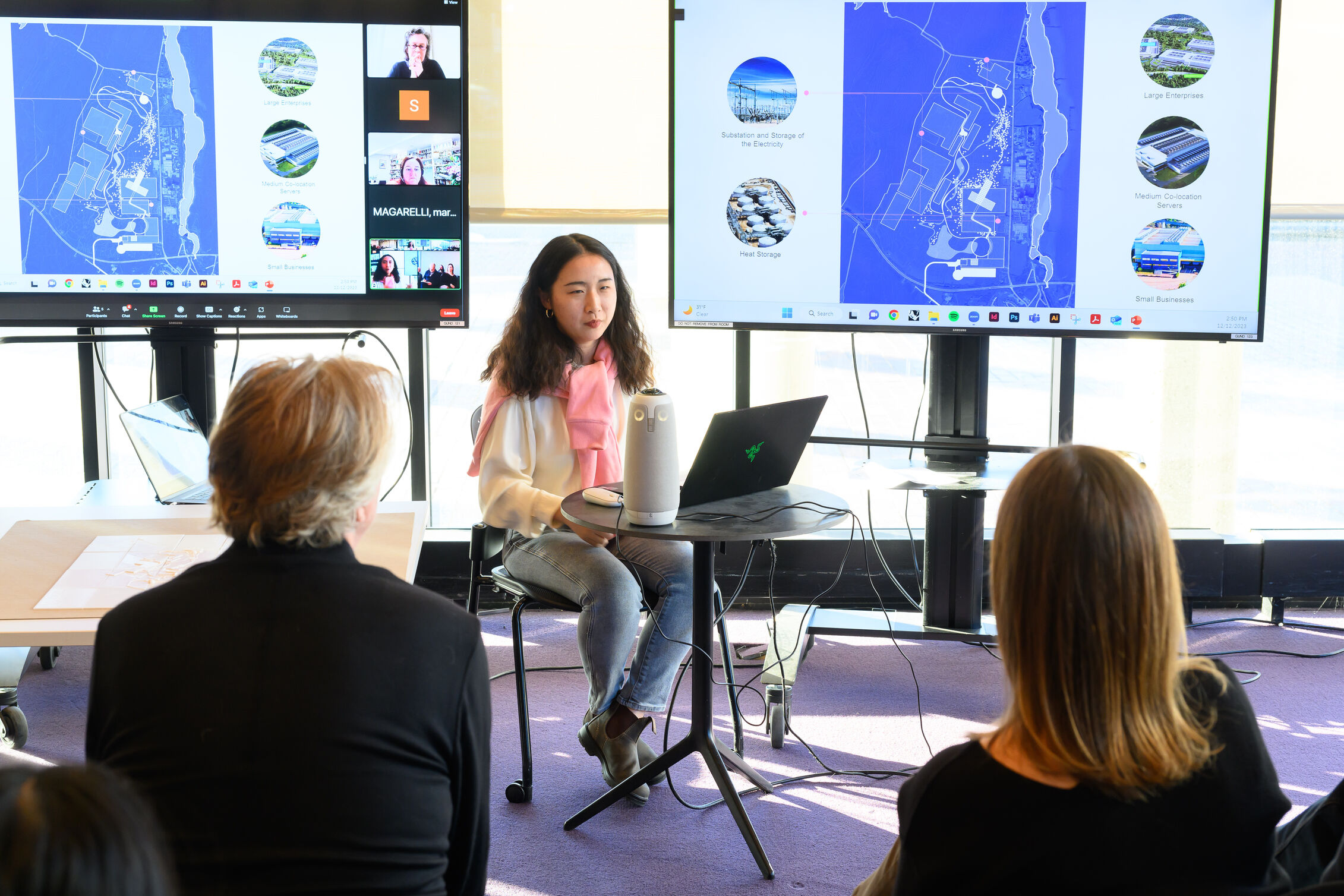
The Master of Landscape Architecture (MLA) program is accredited by the Landscape Architectural Accreditation Board. Combined with practical experience, it meets the requirements for licensure in all fifty states and the District of Columbia.
STUDENT PROJECTS
-
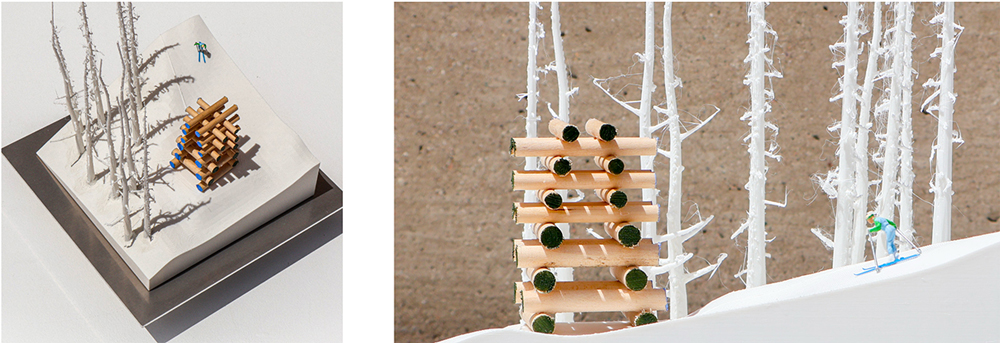
After Snow: The Case for an Alpine Public
Cory Robinson Page (MLA I/MUP ’25), Kira Clingen -
-
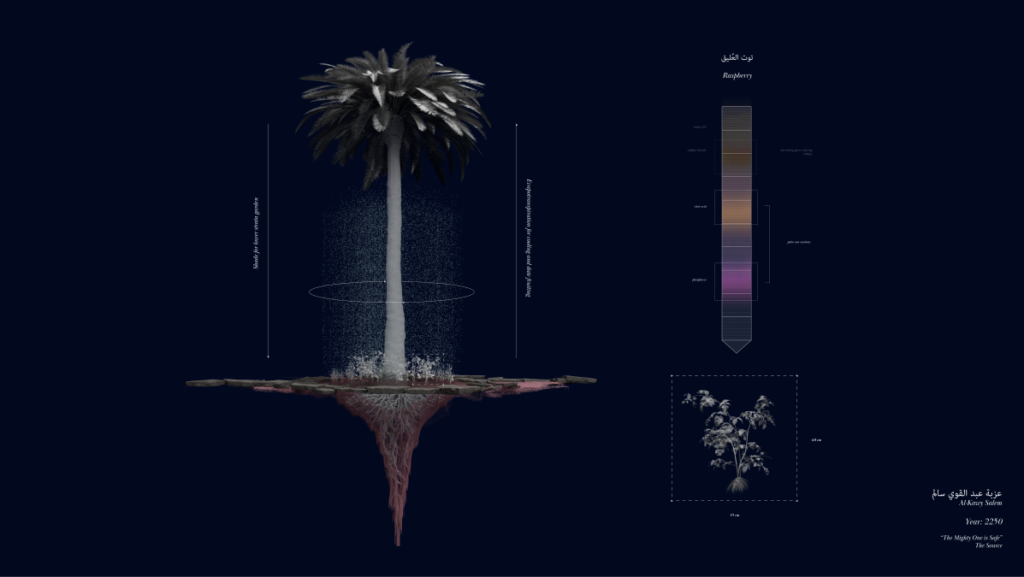
Chemical Occupations: Anti-Colonial Reactions in the Desert
Issam Azzam, Rosalea Monacella -

Seeding Grounds: Working Beyond Arcadia in The Pyrocene
Stewart Crane Sarris (MLA I ’24), Craig Douglas -

INSURGENT GEOLOGY: Mineral Matters in the Arctic
Melanie Louterbach (MLA I ’24), Rosalea Monacella -
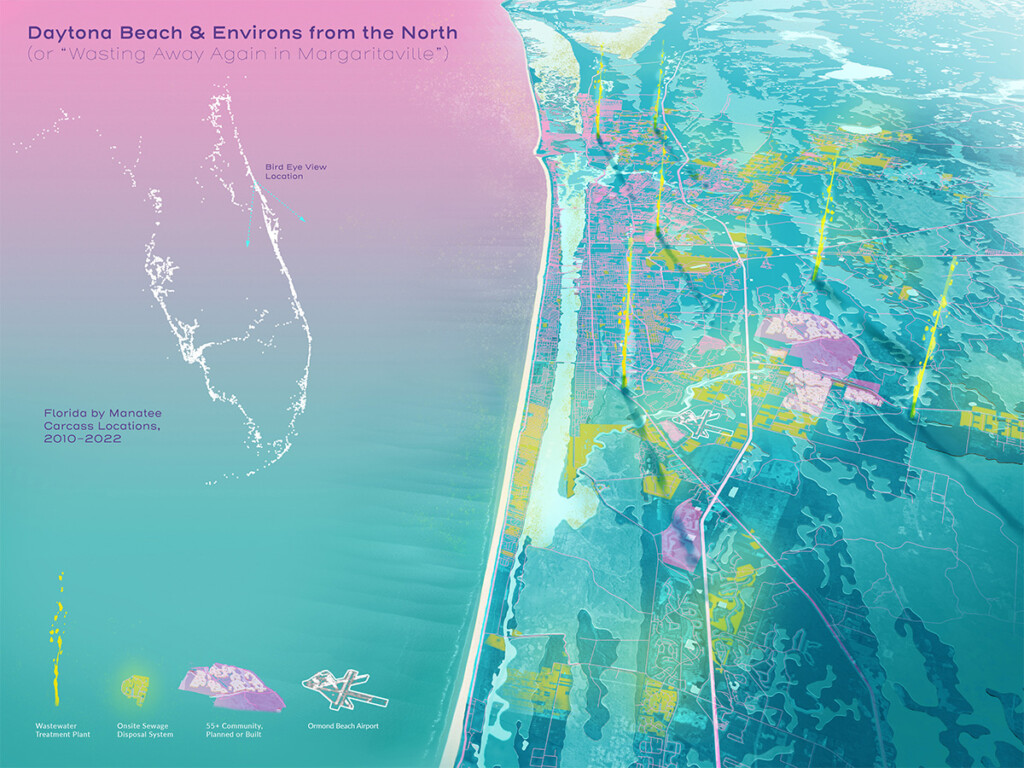
Manatees and Margaritas: Toward a Strange New Paradise
Kevin Robishaw (MLA I ’23), Craig Douglas -

The Echoes of Sky River – Two Pre-modern and Modern Atmospheric Assemblages
Liwei Shen (MLA I '22), Sergio Lopez-Pineiro -
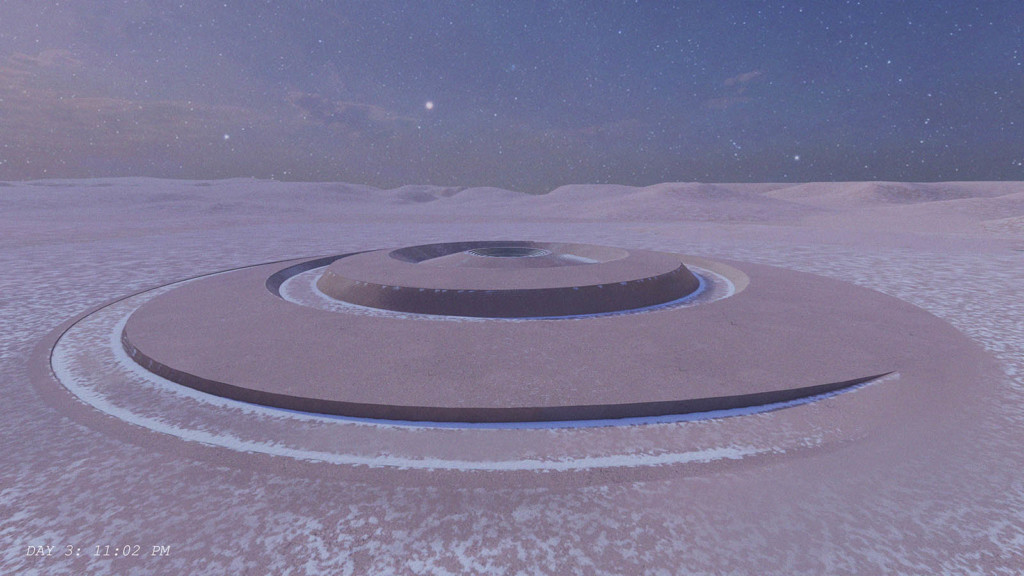
Reciprocal Optimism: Projecting Terrestrial Analogues
Lucy Humphreys Chebot (MLA I '22), Danielle Choi -

Bracing Peter Bracy
Hana Cohn (MLA I '24), Youngju Kim (MAUD ’23), Arami Matevosyan (MDes ’22), Naksha Satish (MAUD ’22), Gina Ford, Rhiannon Sinclair -

Water at the Edge: Towards Water Independence for Mexico City’s INFONAVIT Housing
Ciara Stein (MLA I/MUP ’21), Montserrat Bonvehi Rosich, Seth Denizen
Master in Landscape Architecture I AP
Master in Landscape Architecture I AP

Important Dates
Master in Landscape Architecture I AP
On this page
Individuals who hold an accredited professional degree in architecture, or a pre-professional undergraduate degree in landscape architecture or architecture, and a strong design portfolio, may be granted advanced standing of up to two terms, completing the MLA I in two years.
Applicants who are granted advanced standing must have completed the same pre-requisites in college-level environmental science, history of the built environment, and visual arts that are required for the MLA I, as well as courses that are roughly analogous to the course of study of the first year program in representation and history described in the MLA I curriculum, and demonstrate a high level of achievement in their design work.
PROGRAM OVERVIEW
Individuals admitted with advanced standing to the MLA I AP normally begin with the third term of the program and must complete a minimum of four terms of full-time study in residence.
Please note that the MLA I, MLA I AP, and MLA II programs are now designated as a STEM program. Accordingly, international students holding F-1 visas may be eligible for a 24-month Optional Practical Training (OPT) extension on top of their initial OPT of 12 months, for a total of 36 months, following graduation. Each F-1 student must petition United States Citizenship and Immigration Services to approve the 24-month STEM extension, and Harvard does not represent or warrant that USCIS will grant any individual petition.


The Master of Landscape Architecture (MLA) program is accredited by the Landscape Architectural Accreditation Board. Combined with practical experience, it meets the requirements for licensure in all fifty states and the District of Columbia.
STUDENT PROJECTS
-
![Monterrey’s Urban [River] Forest: Improving Microclimatic Conditions through Public-Private Partnership Vertical Development](https://www.gsd.harvard.edu/wp-content/uploads/2024/07/Monterrey-Urban-River-Forest_PlimptonPoorvuPrize2024_Submission-1_Page_01_2-1024x663.jpg)
Monterrey’s Urban [River] Forest: Improving Microclimatic Conditions through Public-Private Partnership Vertical Development
Miguel Lantigua Inoa (MArch II/MLA AP ’24), Jaime Espinoza (MRE ’25), Chris James (MRE ’25) -
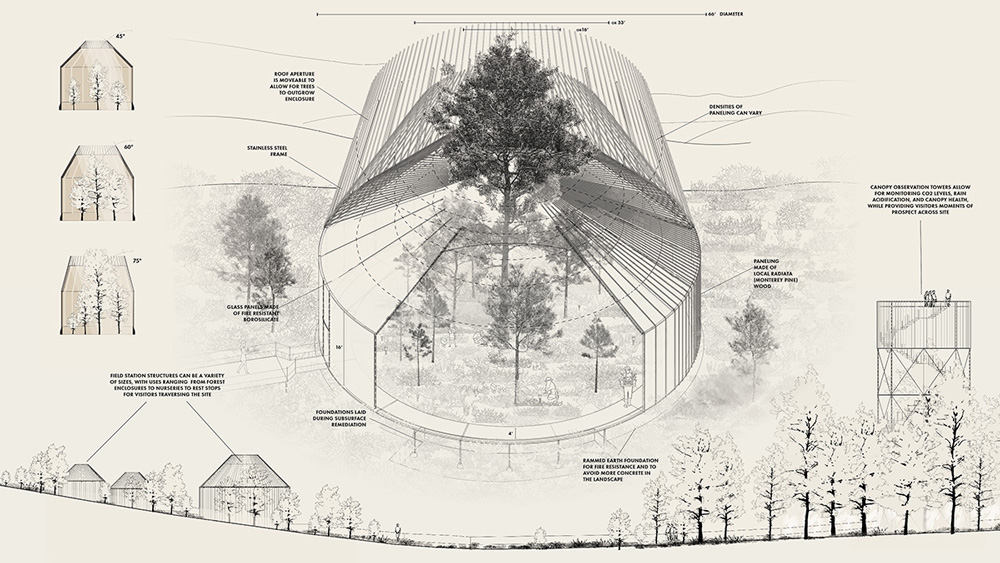
Reforesting Fort Ord
Slide Kelly (MLA I AP/MDes ’24), Amy Whitesides -

Uncommon Knowledge: Practices and Protocols for Environmental Information
Sonia Sobrino Ralston (MLA I AP '23), Rosalea Monacella -

Plantation Futures: Foregrounding Lost Narratives
Celina Abba (MLA I AP '23), Enrique Cavelier (MLA I AP '23), Rosalea Monacella -
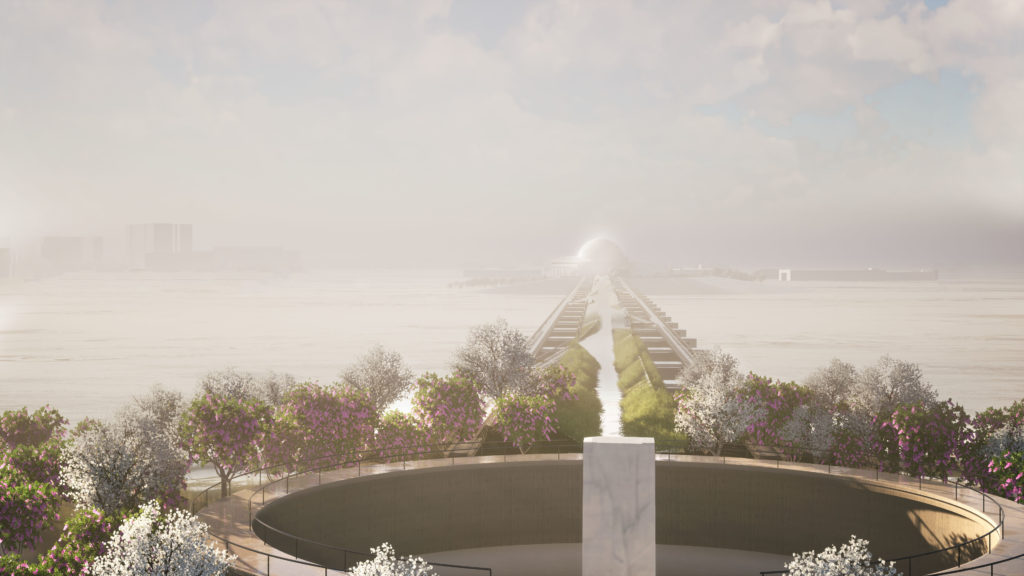
Parallel History
Hanh Nguyen (MArch II/MLA I AP ’21), Gary R. Hilderbrand -

From Humboldt to Caldas: Environmental Liberations through Tropical Altitudes
Juan David Grisales (MDes/MLA I AP '21), Pablo Pérez-Ramos -
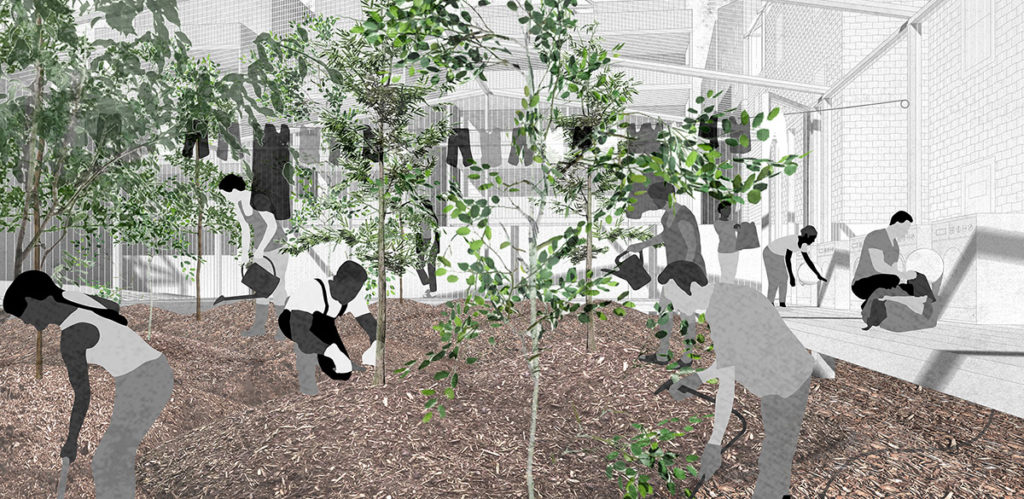
Transmission Right of Way
Fabiana Casale (MLA I AP '22), Yvonne Fang (MLA I '21), Maria Ulloa (MLA I AP '21), Rosalea Monacella -
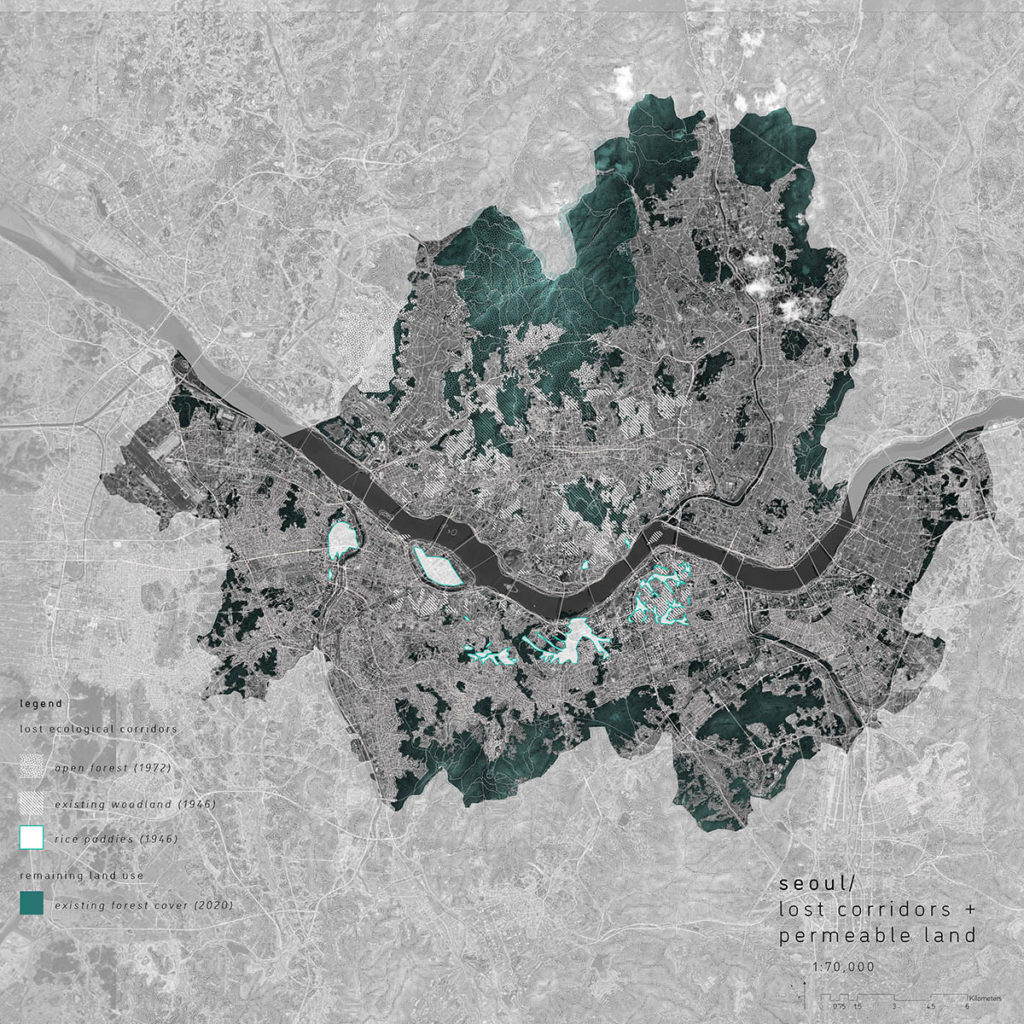
Rewilding the Urban Block: Constructing Permeability through Artificial Ground
Kari Roynesdal (MLA I AP/MUP '21), Jungyoon Kim, Yoon-Jin Park -
-
Master in Landscape Architecture I
Master in Landscape Architecture I
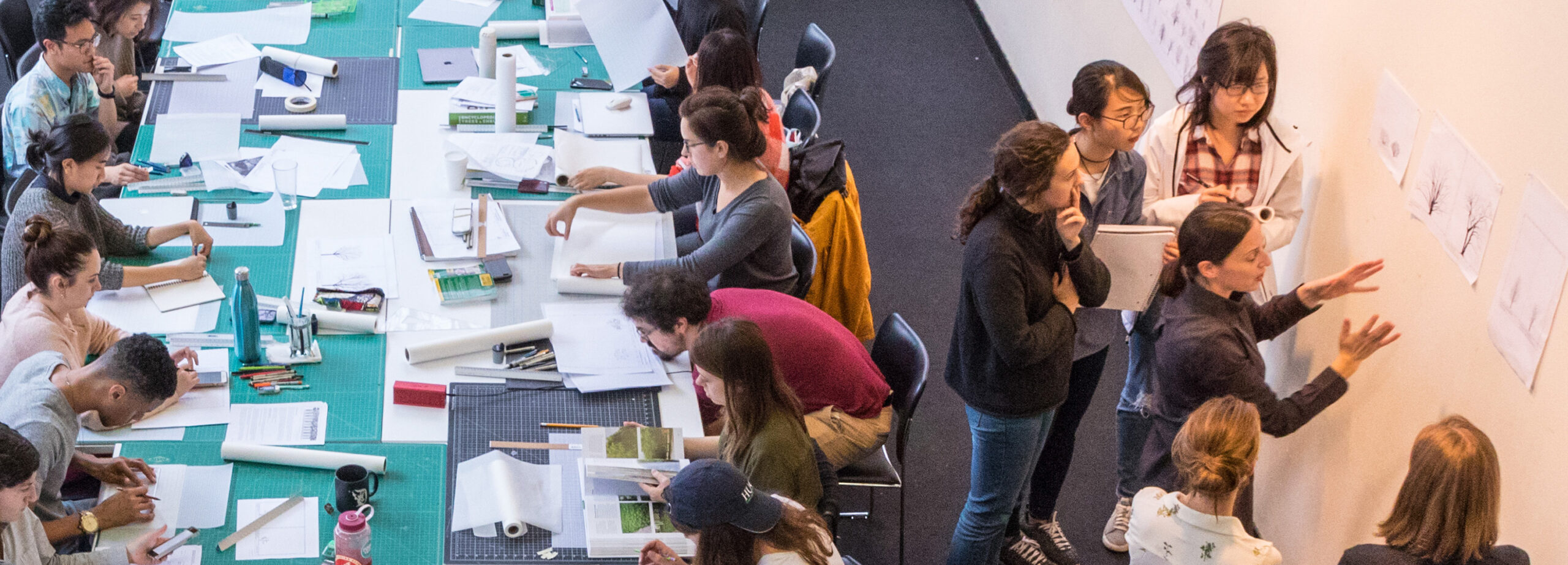
Important Dates
Master in Landscape Architecture I
On this page
The program stream leading to the Master in Landscape Architecture (MLA) is an accredited professional degree intended for individuals who have completed a bachelor’s degree with a major other than one of the design professions.
The curriculum of the three-year MLA I is rigorous and comprehensive, and prepares candidates for the full range of professional activities in landscape architecture. A four-semester core curriculum provides a solid intellectual base of knowledge in design, history, theory, technology, ecology, representation, and professional practice. The remaining two semesters offer the opportunity to engage in advanced studios and elective courses across all GSD departments. Particular emphasis is given to developing mastery in design in each of the six studios. For those students who want to pursue independent work, there is also the option to develop an elective design thesis in their final semester.
TESTIMONIALS

“Without the GSD, I wouldn’t be able to envision so clearly the possibilities that I have ahead of me in the next five to ten years. Much of that is because of my peers, and the passions and skill sets they bring to the school. I’ve learned so much from my cohort by digging into big questions amid discourse in the trays. It’s important to have different perspectives at the table—with classmates from different income levels and backgrounds—so that conversations aren’t one-sided or from a single point of view.”
Felicia Perez(MLA ’24)
“Grad school at the GSD has been an honor of a lifetime. I have learned so much about landscape architectural practice, and urban planning, and have developed a network of connections I would never have been able to find directly out of my undergraduate degree.”
Chadwick Bowlin(MLA ’25)
“The GSD’s emphasis on challenging conventional ‘design boundaries’ aligns with my drive to innovate and experiment within my work. Moreover, its diverse faculty and student body have enriched my perspective, encouraging me to rethink design’s role in advocating for environmental justice and climate resilience.”
Cory Page(MLA ’25)
“The GSD is also the oldest landscape architecture degree program in the world, and I wanted to be a part of this well-established institution and rich tradition. I also wanted to be a part of the GSD’s network of outstanding global design leaders.”
Sara Abduljawad(MLA I ’27)
PROGRAM OVERVIEW
Admission with No Previous Professional Education:
Individuals who have completed a four-year Bachelor of Arts or Bachelor of Science degree in any field are eligible for admission to the first term of the professional degree program. Preference for admission is given to applicants who have completed a balanced undergraduate education that includes study in the arts, sciences, and humanities. Three college-level, semester-long courses are specifically required as prerequisites for admission to the MLA I program: one semester of environmental science; one semester of history of the built environment (this could include history of architecture, history of gardens and designed landscapes, environmental history, urban history); and at least one semester of visual arts (drawing, painting, sculpture, graphics). Applicants must achieve a grade of B- or better in each of these courses. Courses in the humanities, philosophy, literature, and economics are also recommended but are not required.
For students entering the three-year MLA I program, a minimum of six terms of full-time study in residence is required.
Please note that the MLA I, MLA I AP, and MLA II programs are now designated as a STEM program. Accordingly, international students holding F-1 visas may be eligible for a 24-month Optional Practical Training (OPT) extension on top of their initial OPT of 12 months, for a total of 36 months, following graduation. Each F-1 student must petition United States Citizenship and Immigration Services to approve the 24-month STEM extension, and Harvard does not represent or warrant that USCIS will grant any individual petition.
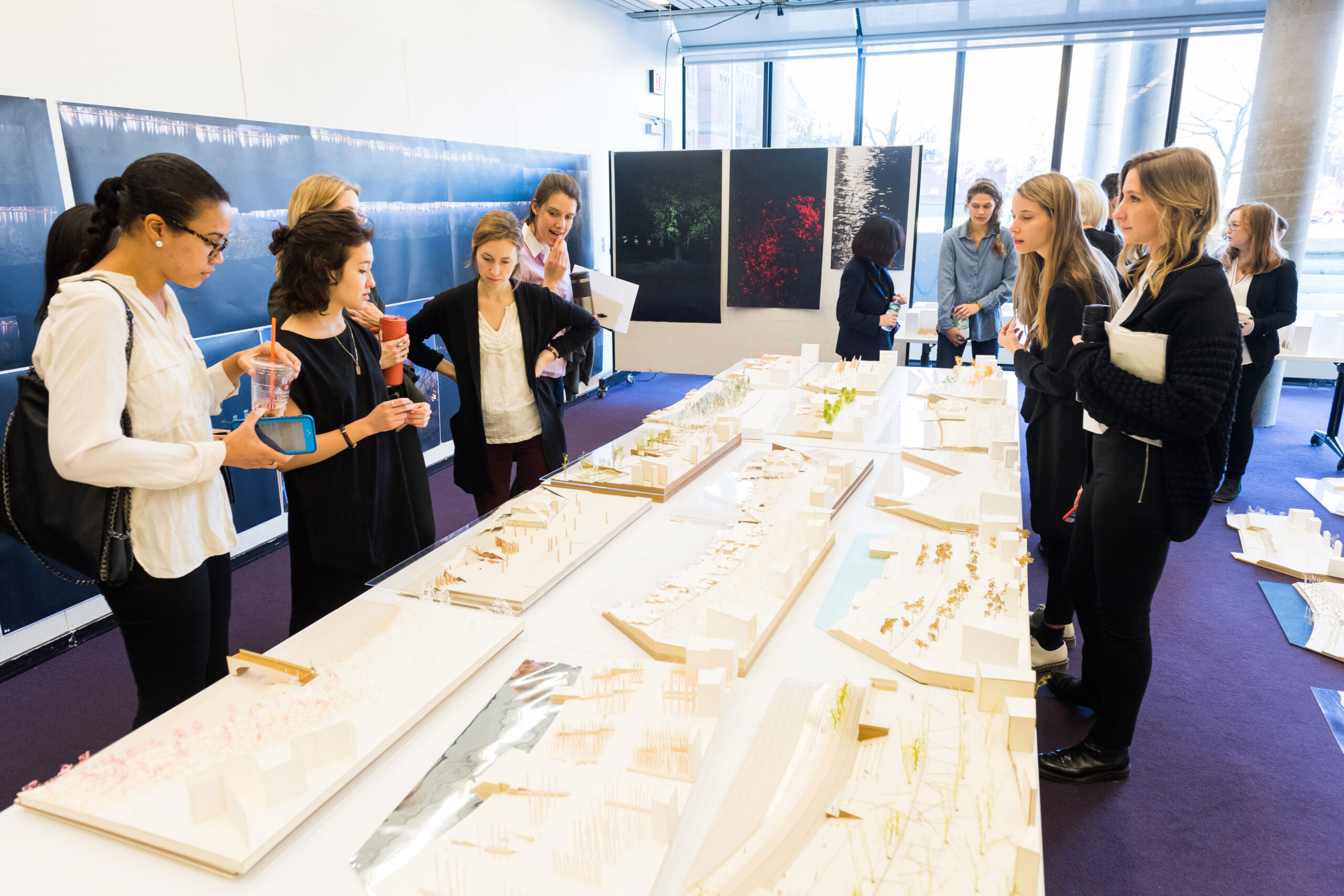

The Master of Landscape Architecture (MLA) program is accredited by the Landscape Architectural Accreditation Board. Combined with practical experience, it meets the requirements for licensure in all fifty states and the District of Columbia.
STUDENT PROJECTS
-

After Snow: The Case for an Alpine Public
Cory Robinson Page (MLA I/MUP ’25), Kira Clingen -
-

Chemical Occupations: Anti-Colonial Reactions in the Desert
Issam Azzam, Rosalea Monacella -

Seeding Grounds: Working Beyond Arcadia in The Pyrocene
Stewart Crane Sarris (MLA I ’24), Craig Douglas -

INSURGENT GEOLOGY: Mineral Matters in the Arctic
Melanie Louterbach (MLA I ’24), Rosalea Monacella -

Manatees and Margaritas: Toward a Strange New Paradise
Kevin Robishaw (MLA I ’23), Craig Douglas -

The Echoes of Sky River – Two Pre-modern and Modern Atmospheric Assemblages
Liwei Shen (MLA I '22), Sergio Lopez-Pineiro -

Reciprocal Optimism: Projecting Terrestrial Analogues
Lucy Humphreys Chebot (MLA I '22), Danielle Choi -

Bracing Peter Bracy
Hana Cohn (MLA I '24), Youngju Kim (MAUD ’23), Arami Matevosyan (MDes ’22), Naksha Satish (MAUD ’22), Gina Ford, Rhiannon Sinclair -

Water at the Edge: Towards Water Independence for Mexico City’s INFONAVIT Housing
Ciara Stein (MLA I/MUP ’21), Montserrat Bonvehi Rosich, Seth Denizen
The Department of
Landscape Architecture
The Department of
Landscape Architecture

The Department of
Landscape Architecture
The Department of Landscape Architecture at Harvard is home to the oldest and most distinguished academic program in landscape architecture in the world. Its mission is to advance research and innovative design practices in the natural and built environments, as they intersect with processes of urbanization and the present realities of a changing climate.
Program Streams
-

The program stream leading to the Master in Landscape Architecture, an accredited professional degree, is intended for individuals who have completed a bachelor’s degree with a major other than one of the design professions.
-
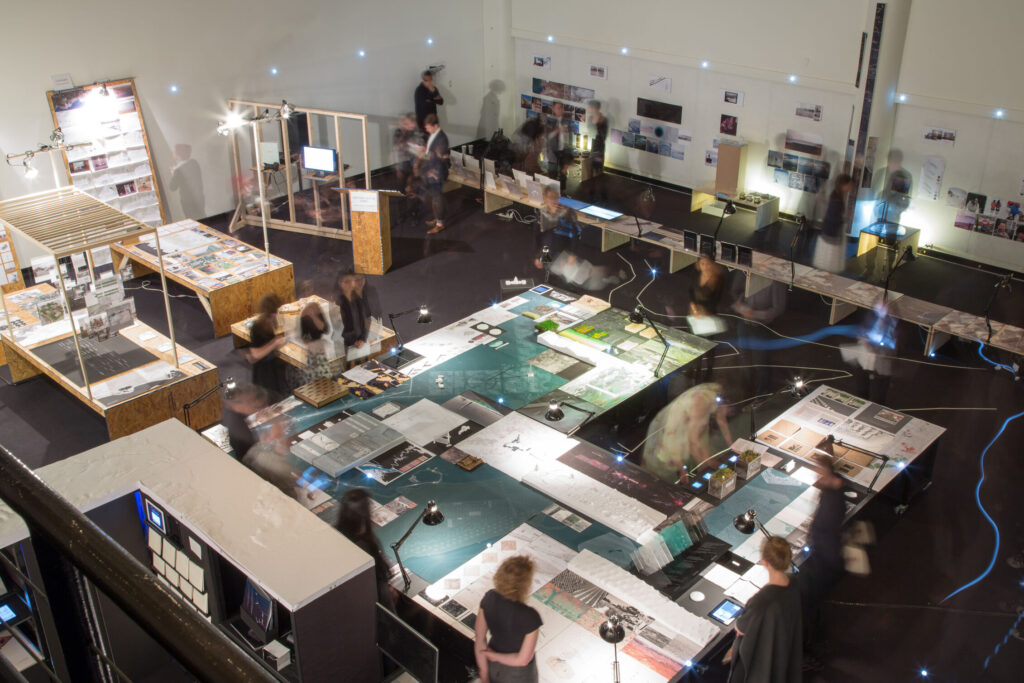
Individuals who hold an accredited professional degree in architecture, or a pre-professional undergraduate degree in landscape architecture or architecture, and a strong design portfolio, may be granted advanced standing of up to two semesters, completing the MLA I in two years.
-
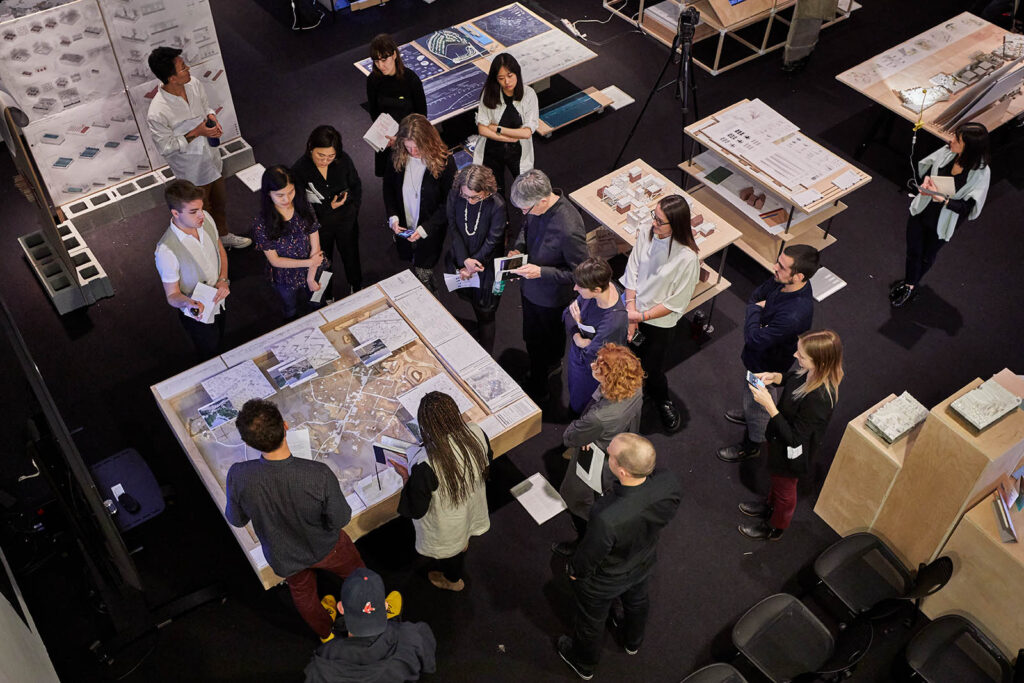
Individuals who hold an accredited undergraduate professional bachelor of landscape architecture, or its equivalent as judged by the admissions committee, may enroll in the MLA II program stream, completing the accredited MLA in two years.
INSIDE LANDSCAPE ARCHITECTURE
A message from the Chair of the Department of Landscape Architecture, Gary Hilderbrand:
Since its founding in 1900, the department has played a singular role in the development of landscape architecture as a profession, an academic discipline, and as a medium of design that engages urbanism, environmentalism, and culture. The mission of Landscape Architecture at Harvard is to advance research and innovative design practices in the natural and built environments, as they intersect with processes of urbanization and the urgent challenges posed by a changing climate, including widespread environmental and social inequities. Candidates in the Master in Landscape Architecture (MLA) Program work with an internationally recognized faculty, and explore the multiple ways that landscapes positively contribute to the complexities of the contemporary city, to a more equitable distribution of ecological and environmental resources, and to the creation of better futures across all regions of the world.

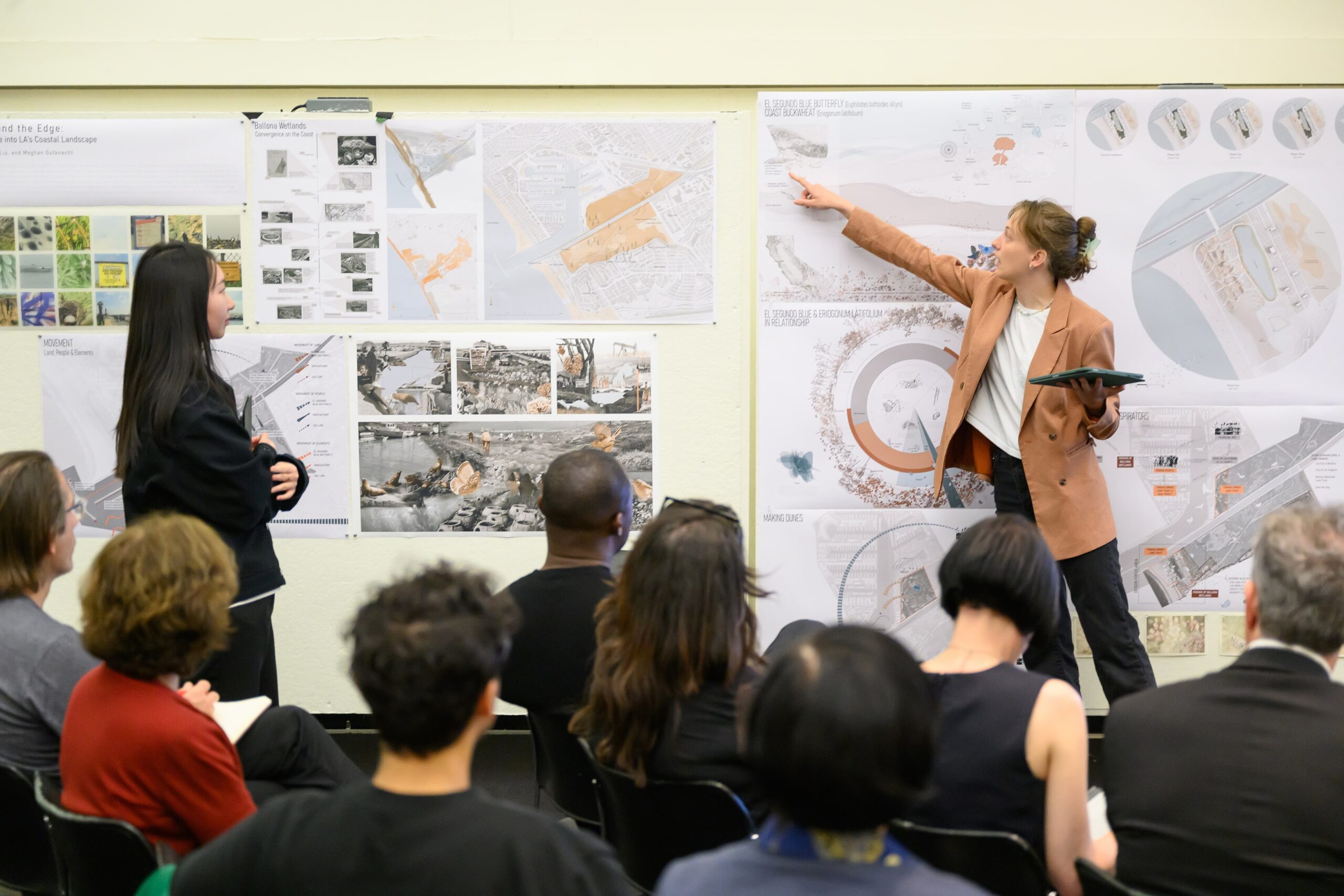
As the challenges of the built environment rarely correspond to traditional disciplinary boundaries, coursework in the MLA Program spans the depth and breadth of the field and enjoys strong pedagogical connections to urban planning, urban design, and architecture. MLA candidates enjoy access to and engagement with the extra-Departmental assets of the Graduate School of Design including a robust calendar of lectures, exhibitions, and events attendant to current design culture across disciplines as well as the Advanced Studies Programs, the Aga Khan Program, the Joint Center for Housing Studies, and the Loeb Fellowship. MLA candidates benefit from proximity to events and discussions in cognate disciplines across campus in the history of art and architecture, ecology, engineering, environment, and the arts. The Department’s coursework and culture are leavened by a range of institutional assets and resources unique in the discipline including the Harvard Forest, the Arnold Arboretum, the Harvard Center for the Environment, and Dumbarton Oaks.
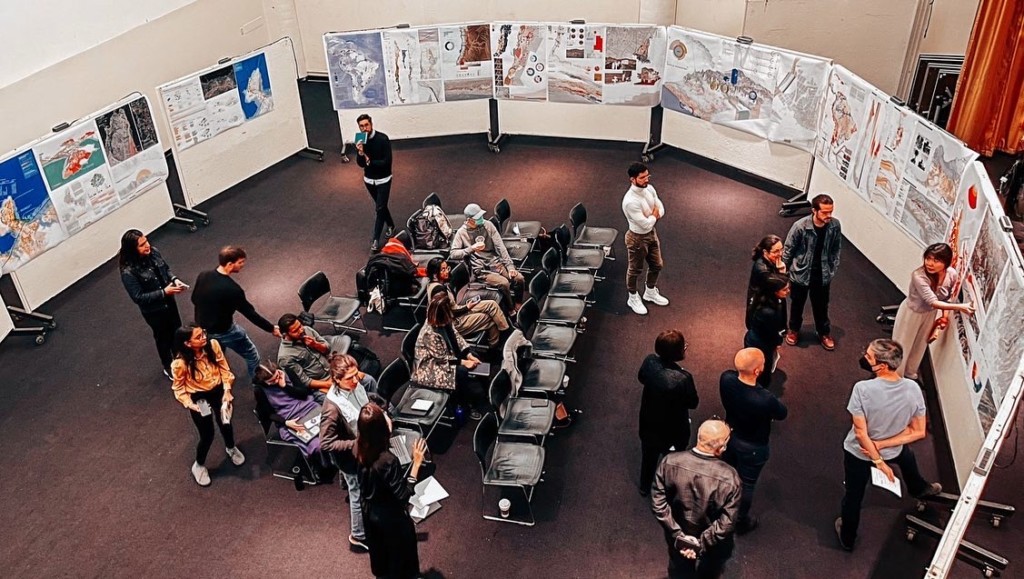
STU 1509 LATIN AMERICA IN TRANSITION: Imagining Infrastructures for Climatic Migration
Landscape architecture today enjoys greater cultural relevance, public visibility, and potential for professional leadership than at any time in recent history. The Department has been among the most significant centers in the world for the production and dissemination of landscape knowledge. The Department aspires to be the preeminent venue for the education of landscape architects as they are increasingly called upon as design professionals uniquely capable of representing and responding to the challenges found at the intersection of design culture, urbanization and environment.
— Gary Hilderbrand, Peter Louis Hornbeck Professor in Practice of Landscape Architecture & Chair of the Department of Landscape Architecture
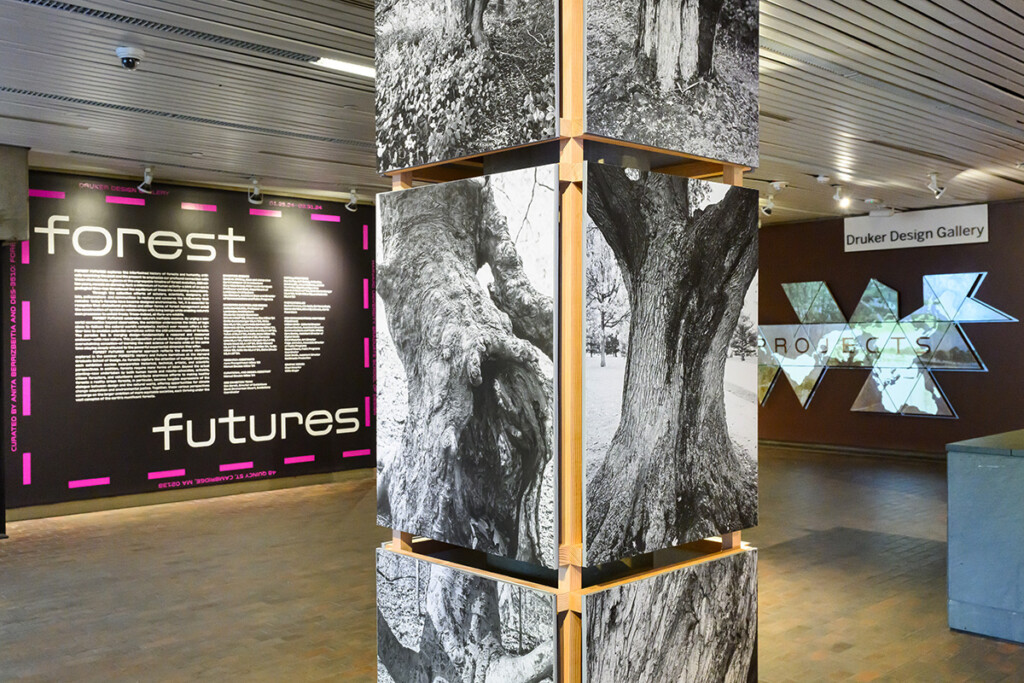
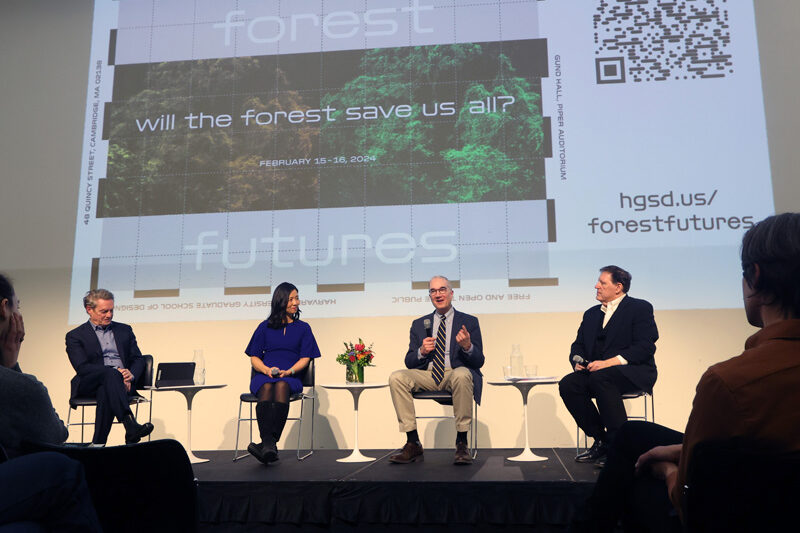
Together, we are educating a generation of activist practitioners, theorists, advocates, and more—a virtual army of climate warriors who will lead the charge for regenerative, adaptive ways of reimagining a just and sustainable world.
Learn more about our commitment to climate.


Department events
WORKSHOP
CARL STEINITZ, Alexander and Victoria Wiley Professor of Landscape Architecture and Planning, Emeritus, “Global to Local to Global Geodesign for Climate Change Mitigation (GLG) Workshop”
Friday, September 12 and Saturday, September 13, 2025
Registration required.
Piper Auditorium

KILEY FELLOW LECTURE
KIRA CLINGEN, 2024-2025 Daniel Urban Kiley Fellow and Lecturer in Landscape Architecture, “Place-Based Scenario Planning for the Climate Emergency”
Tuesday, April 15, 2025
11:15 a.m. to 12:45 p.m.
Frances Loeb Library Lobby
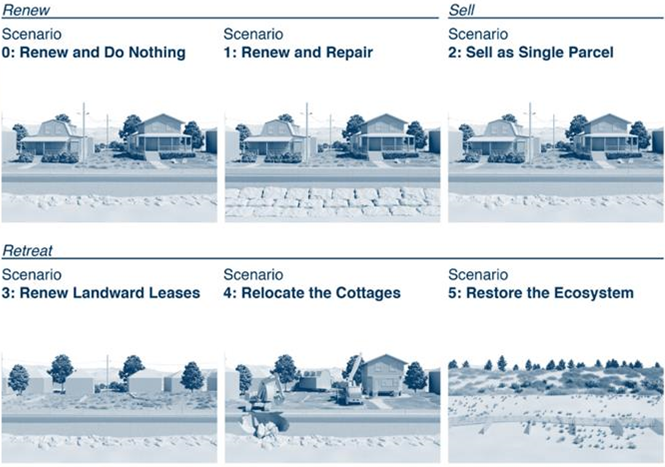
ROUNDTABLE
PABLO PEREZ-RAMOS, Associate Professor of Landscape Architecture and Guests, “Oases of Mezcal: A Oaxacan Rural Community in Conversation with Harvard University”
Friday, April 11, 2025
10:00 a.m. to 4:30 p.m.
Stubbins

LOEB LIBRARY LECTURE SERIES
CRAIG DOUGLAS, Assistant Professor of Landscape Architecture, “Digital Air: Mapping, Modelling, and Designing an Aerial Landscape”
Friday, March 14, 2025
11:15 a.m. to 12:15 p.m.
Frances Loeb Library Lobby
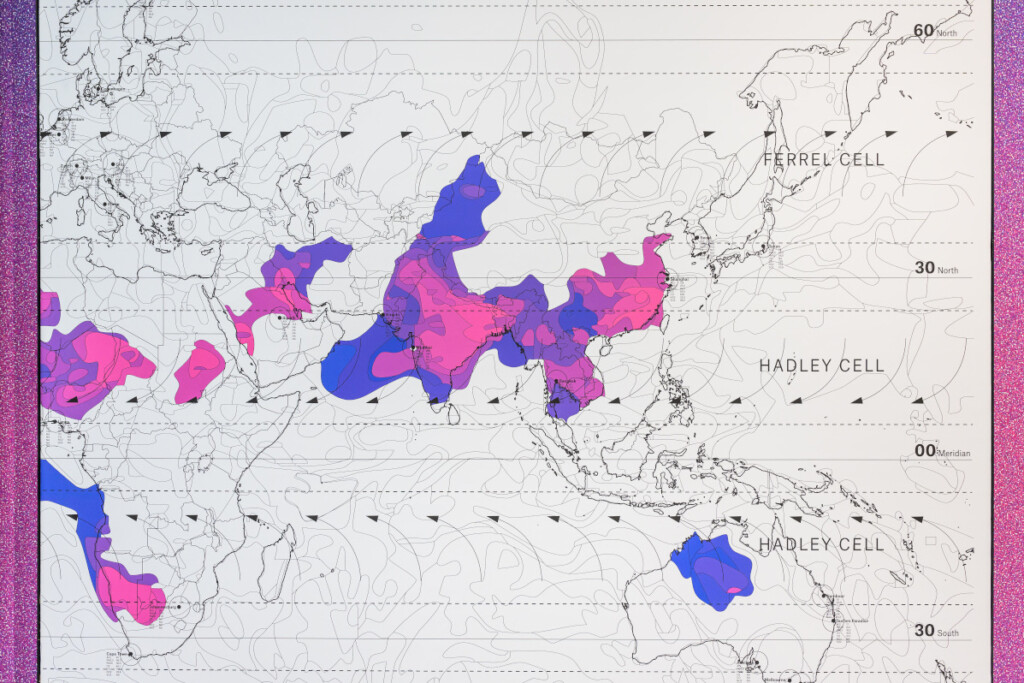
STUDENT PROJECTS
-

After Snow: The Case for an Alpine Public
Cory Robinson Page (MLA I/MUP ’25), Kira Clingen -
-

Chemical Occupations: Anti-Colonial Reactions in the Desert
Issam Azzam, Rosalea Monacella -
-
![Monterrey’s Urban [River] Forest: Improving Microclimatic Conditions through Public-Private Partnership Vertical Development](https://www.gsd.harvard.edu/wp-content/uploads/2024/07/Monterrey-Urban-River-Forest_PlimptonPoorvuPrize2024_Submission-1_Page_01_2-1024x663.jpg)
Monterrey’s Urban [River] Forest: Improving Microclimatic Conditions through Public-Private Partnership Vertical Development
Miguel Lantigua Inoa (MArch II/MLA AP ’24), Jaime Espinoza (MRE ’25), Chris James (MRE ’25) -

Seeding Grounds: Working Beyond Arcadia in The Pyrocene
Stewart Crane Sarris (MLA I ’24), Craig Douglas -

Reforesting Fort Ord
Slide Kelly (MLA I AP/MDes ’24), Amy Whitesides -

INSURGENT GEOLOGY: Mineral Matters in the Arctic
Melanie Louterbach (MLA I ’24), Rosalea Monacella -
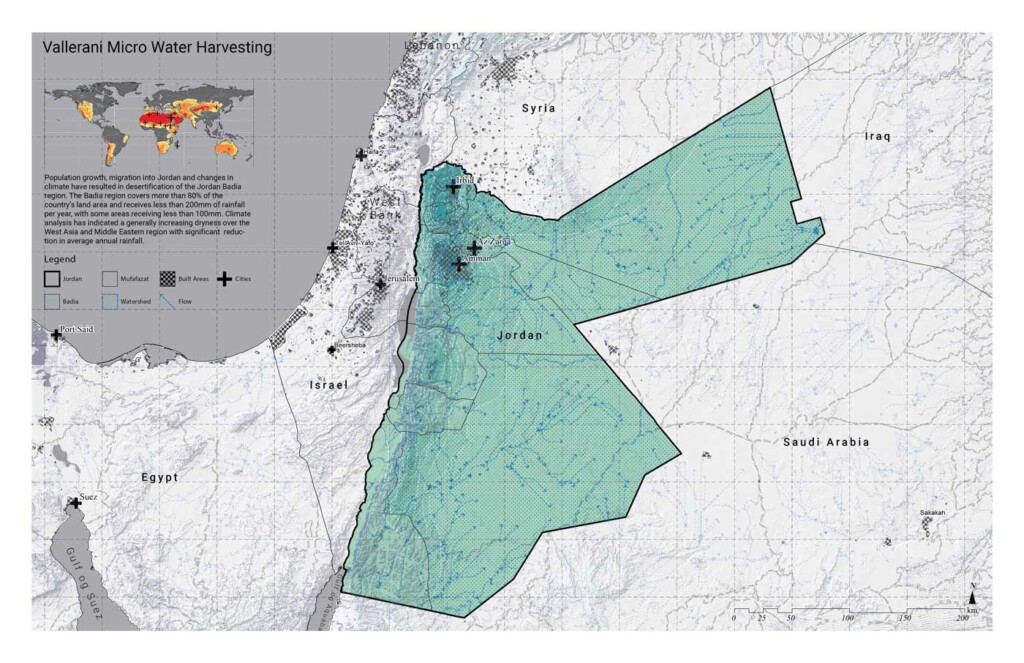
Vallerani Micro Water Harvesting
Caroline Koh Smith (MLA '24), Rattanin Peewsook (MLA II '24), Hang Guo (MLA '24), Kira Clingen, Amy Whitesides -

Public Sediment for Alameda Creek
Rinka Gao (MLA I '24), Elaine Zmuda (MLA I AP '24), Manaka Hataoka (MLA '25), Wladka Kijewska (MUP '23), Amy Whitesides, Kira Clingen
